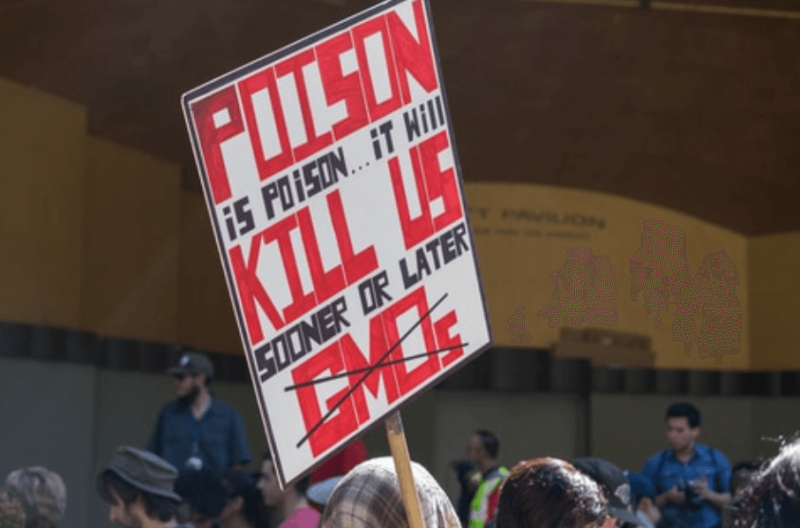Fortunately, vaccine and climate skeptics prefer to hang out on social media, but not – at least at the moment – in government offices. Deriving sensitive policy from the state of research is difficult enough. To doubt this without justification would be the end of rational action.
…
This characteristic is particularly relevant at the moment. The European Union wants to relax the rules for genetically modified plants that have been processed using a new method. These “New Genomic Techniques” (NGT) change plants in the same way as conventional breeding – only faster. In other words, it is virtually impossible to prove how the plant was genetically modified, and it doesn’t matter.
No fewer than 34 Nobel Prize winners and another 1,000 scientists have written an open letter to reject “the darkness of anti-scientific fear-mongering” that seeks to place obstacles in the way of this technology. Among the signatories are the inventors of the famous “CRISPR” method, the so-called gene scissors. The experts agree that the risks of NGT plants are negligible – similar to vaccine damage caused by the corona vaccination.
Nevertheless, genetic engineering skepticism persists, especially in Austria, including in parties and NGOs that are not affected by scientific skepticism when it comes to climate or Corona.
The scaremongering is having an effect. According to a survey commissioned by the trade association and the environmental protection organization Global 2000, 94 percent of the Austrian population continue to demand labeling of the use of genetic engineering – even for indistinguishable products. 70 percent are against simpler and faster approvals.
[Editor’s note: This excerpt has been translated from German and edited for clarity.]































